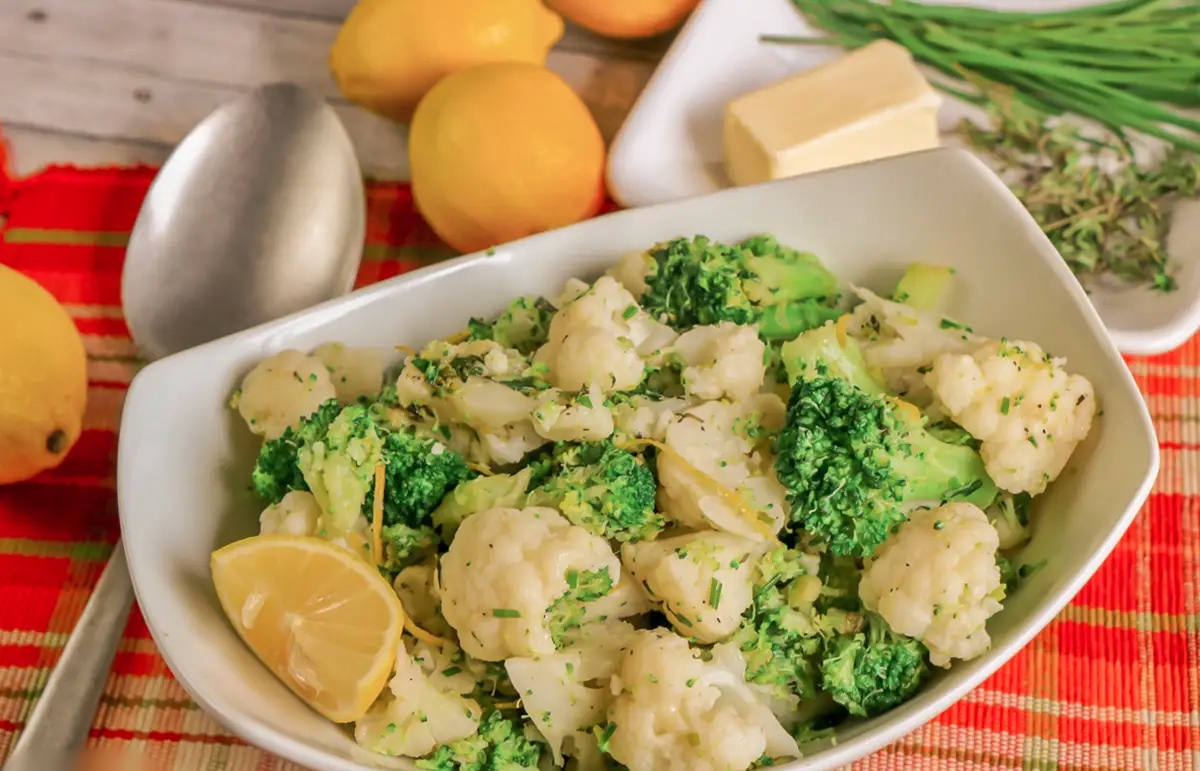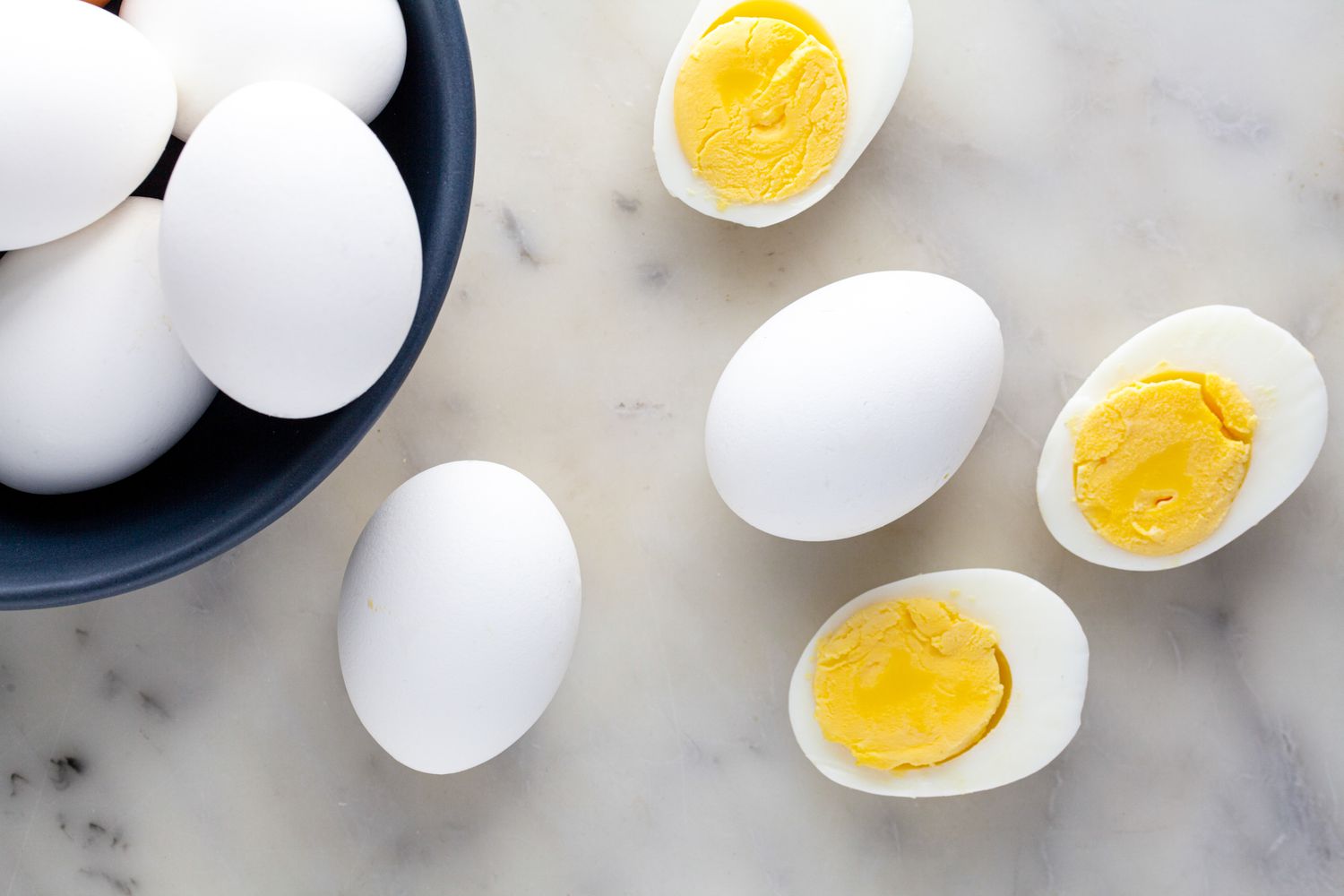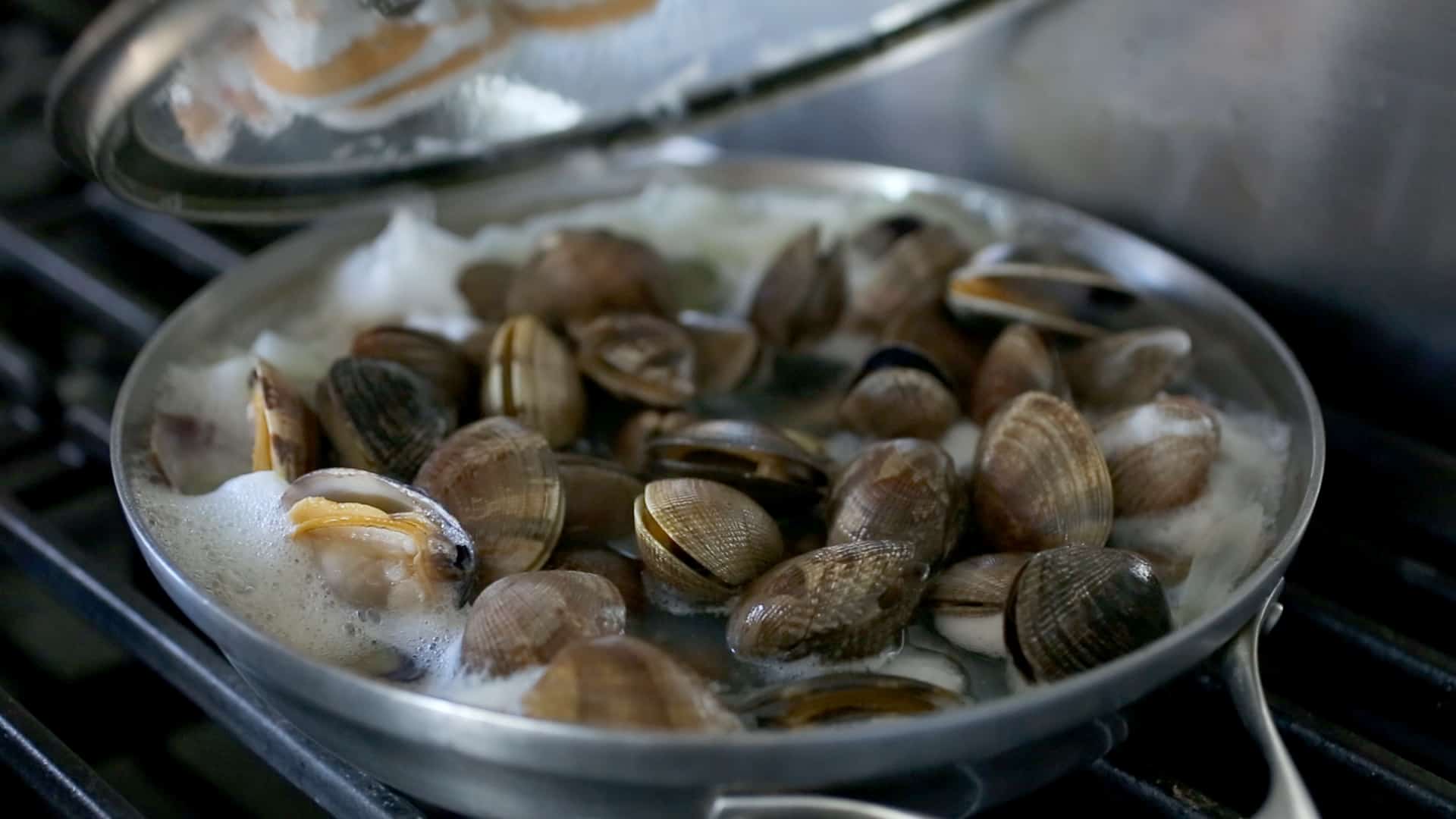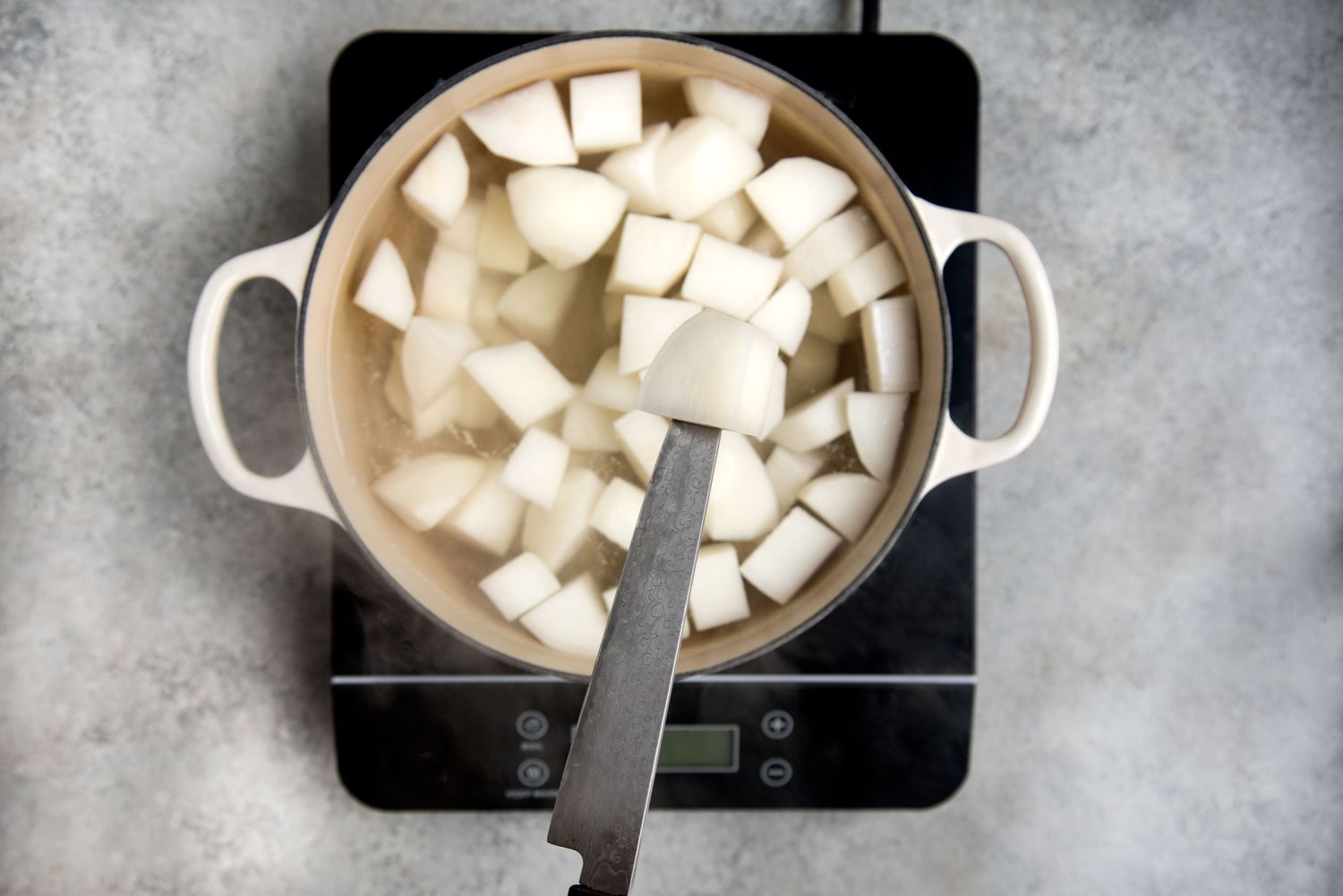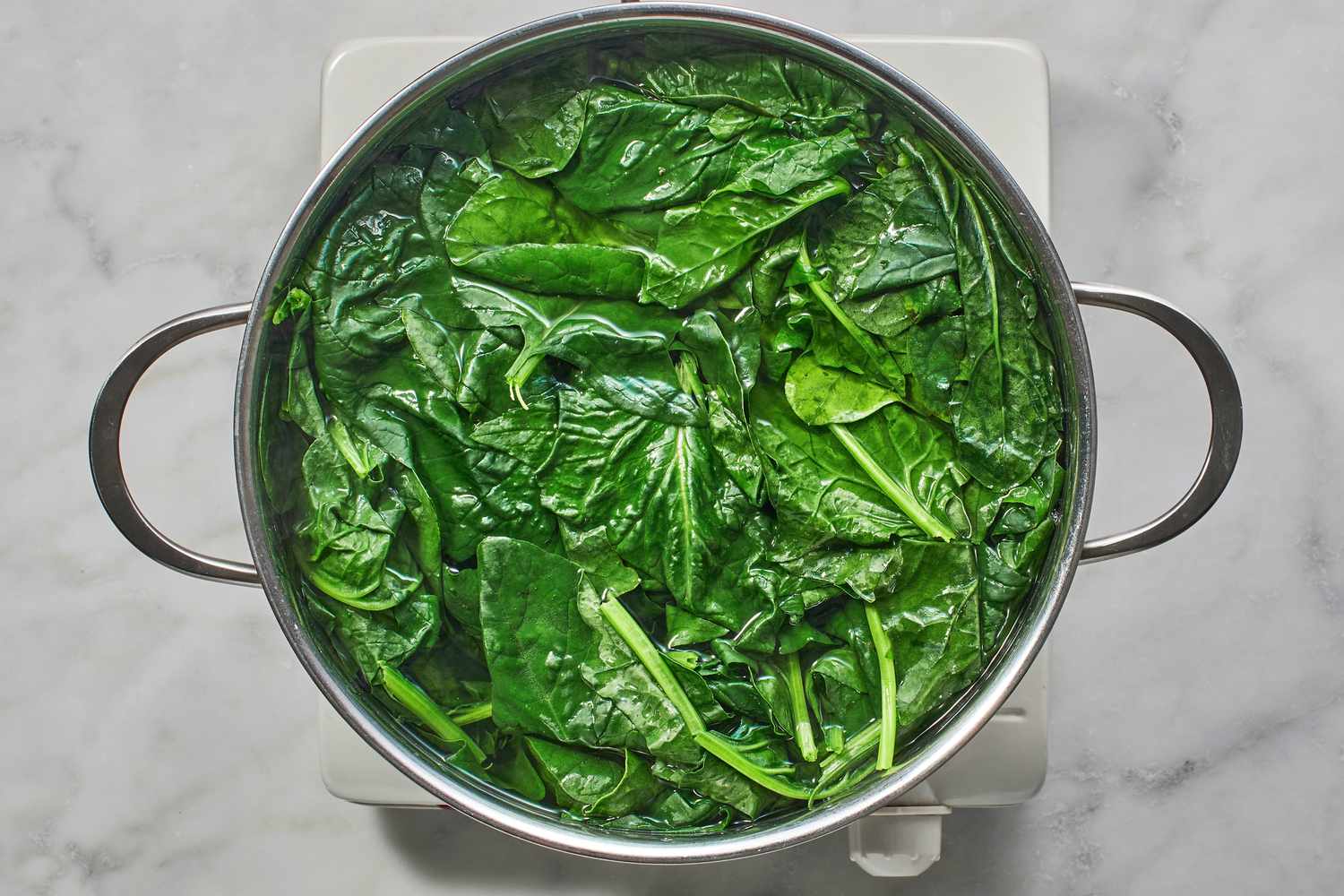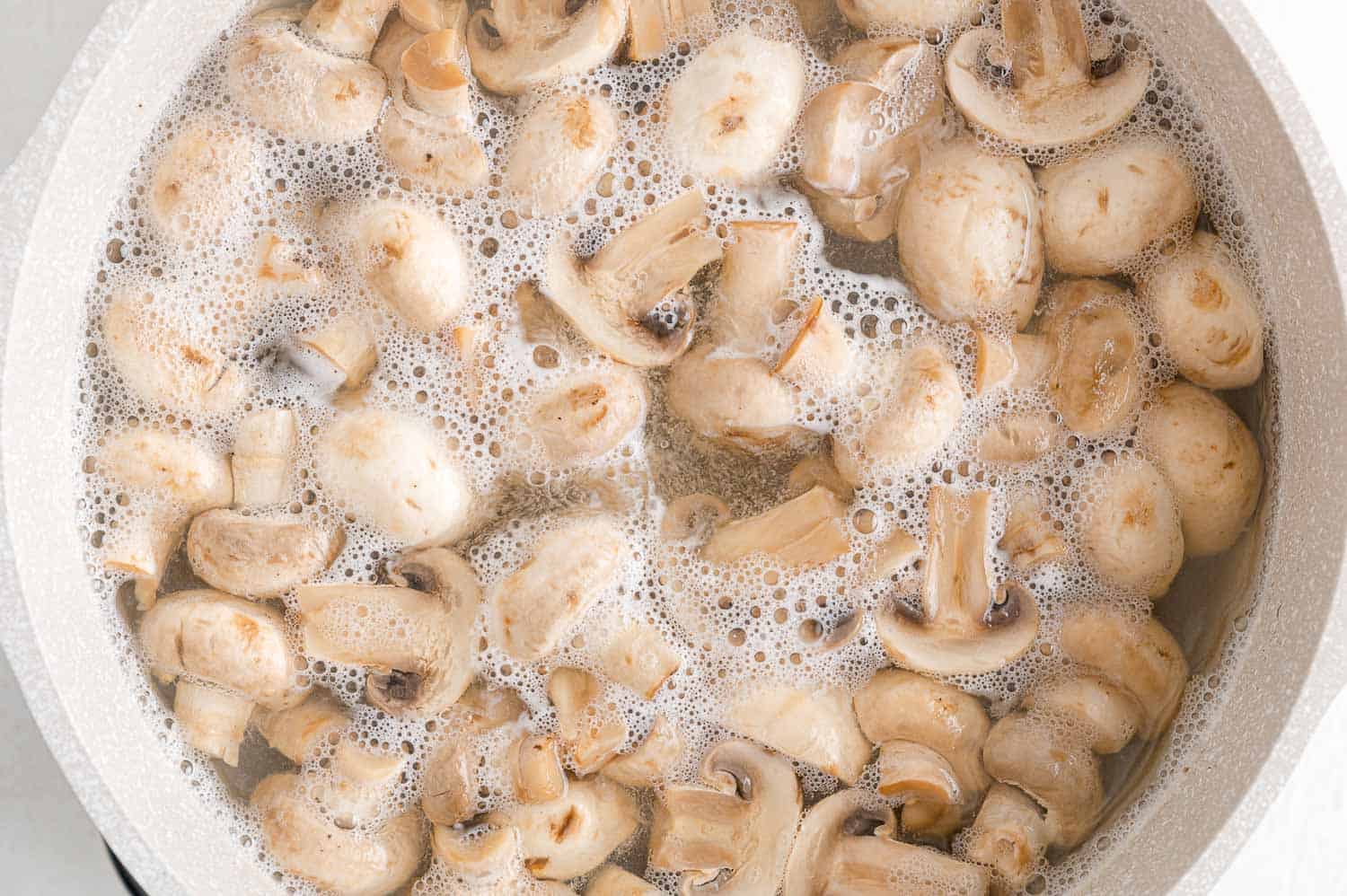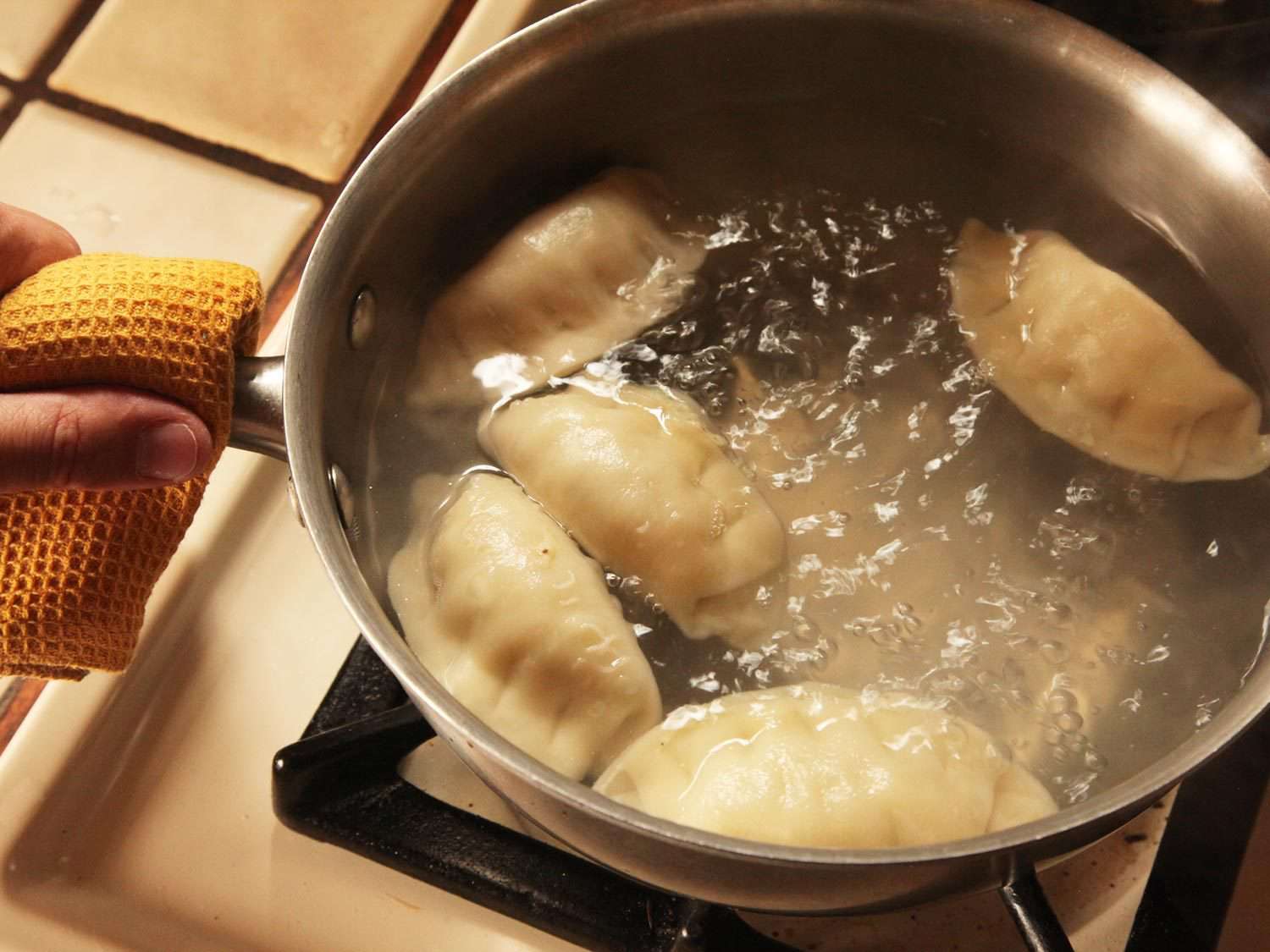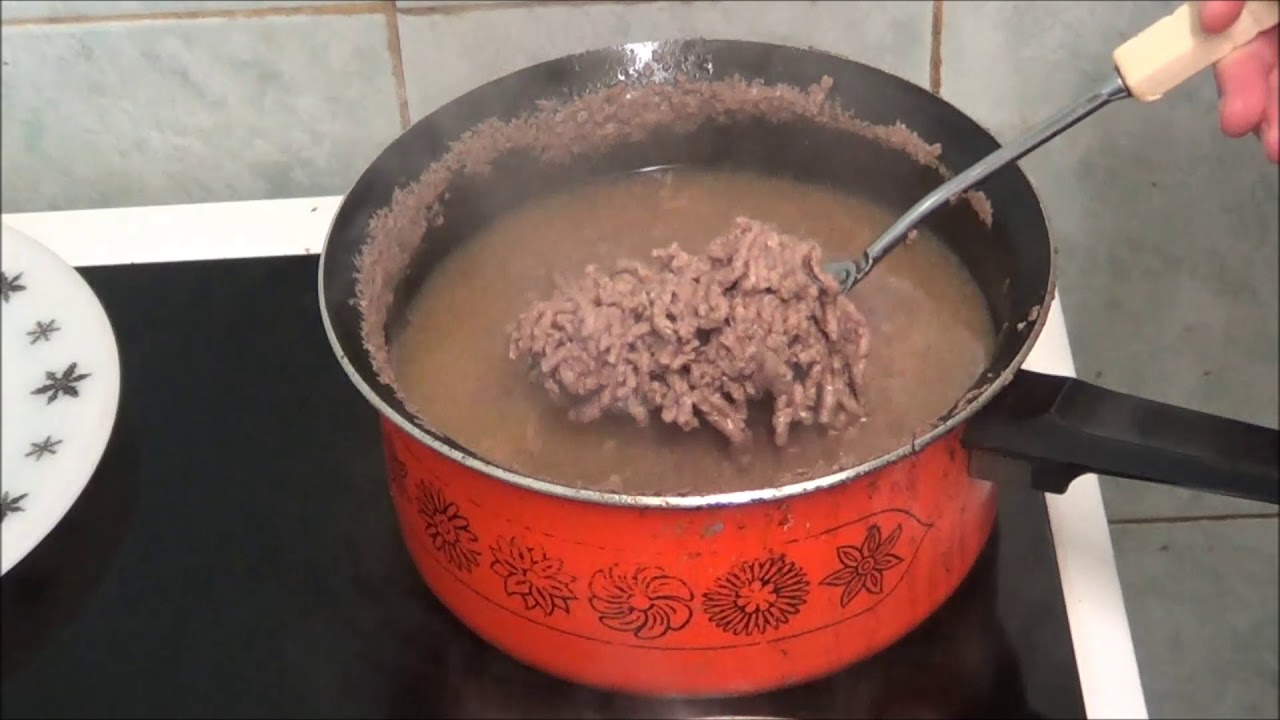How To Boil Butternut Squash: A Delicious and Nutritious Cooking Method
Butternut squash is a versatile and nutritious vegetable that can be prepared in various ways. Boiling is one of the easiest and simplest methods to cook butternut squash, allowing you to enjoy its natural sweetness and creamy texture. In this article, we will guide you through the steps to boil butternut squash to perfection.
Why should you boil butternut squash?
- Boiling butternut squash helps to retain its natural flavors and nutrients.
- It is a quick cooking method that allows you to enjoy your butternut squash in no time.
- Boiled butternut squash can be used as a base for various recipes, including soups, stews, purees, and side dishes.
Follow these simple steps to boil butternut squash:
- Start by choosing a good-quality butternut squash. Look for one that has a firm and unblemished skin.
- Wash the butternut squash under cold water to remove any dirt or debris.
- Using a sharp knife, carefully cut off both ends of the squash. This will make it easier to peel and cut into pieces.
- Peel the butternut squash with a vegetable peeler or a sharp knife. Remove the skin in long, downward strokes.
- Cut the peeled butternut squash in half lengthwise. Use a spoon to scoop out the seeds and stringy fibers from the center.
- Now, cut the butternut squash into evenly-sized cubes or chunks. This will ensure that they cook evenly.
- Fill a pot with enough water to fully submerge the butternut squash cubes. Add a pinch of salt to the water to enhance the flavor.
- Bring the water to a boil over medium-high heat. Once the water is boiling, carefully place the butternut squash cubes into the pot.
- Reduce the heat to medium-low and let the butternut squash simmer for about 15-20 minutes or until they are fork-tender.
- Check the doneness of the squash by inserting a fork into a cube. If it goes in easily, they are done.
- Once cooked, drain the butternut squash and let them cool slightly before using them in your desired recipe.
Tips for boiling butternut squash:
- Do not overcook the butternut squash, as it can become mushy.
- Feel free to add herbs or spices to the boiling water for additional flavor.
- Use a slotted spoon or drain the squash using a colander to ensure all the water is removed.
- If you want a smoother texture, you can blend the boiled butternut squash in a food processor or use an immersion blender.
Now that you know how to boil butternut squash, you can incorporate it into various recipes or enjoy it as a comforting and nutritious side dish. Get creative and experiment with different flavors to enhance the natural sweetness of this beloved fall vegetable. Happy cooking!
With the guide on how to boil butternut squash in hand, there are several recipes the reader can try to put their new skill to good use. For a comforting meal, they should try the Butternut Squash and Kale Stew Recipe, which combines the creamy texture of boiled butternut squash with hearty kale. Another excellent option is the Butternut Squash and Sage Risotto Recipe, where the boiled squash adds a rich, velvety texture to the risotto. For a lighter fare, the Butternut Squash and Quinoa Salad Recipe offers a nutritious and refreshing dish, making good use of the tender squash. Finally, the Butternut Squash Puree Recipe is a versatile option that can serve as a side dish or an ingredient in other meals. These recipes are perfect for exploring the versatility of boiled butternut squash in different culinary applications.
Was this page helpful?
Read Next: How To Boil Chicken Tenderloins
